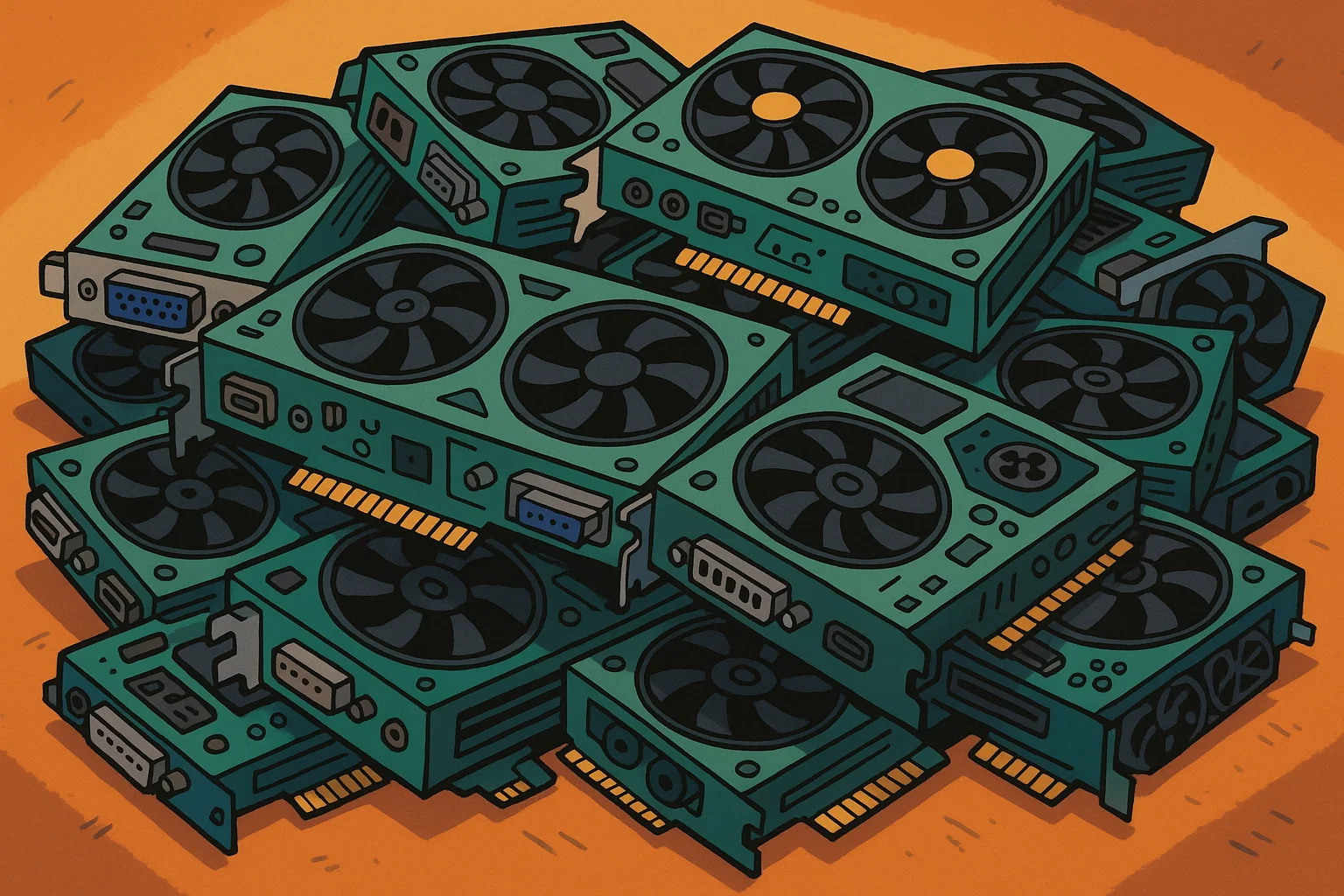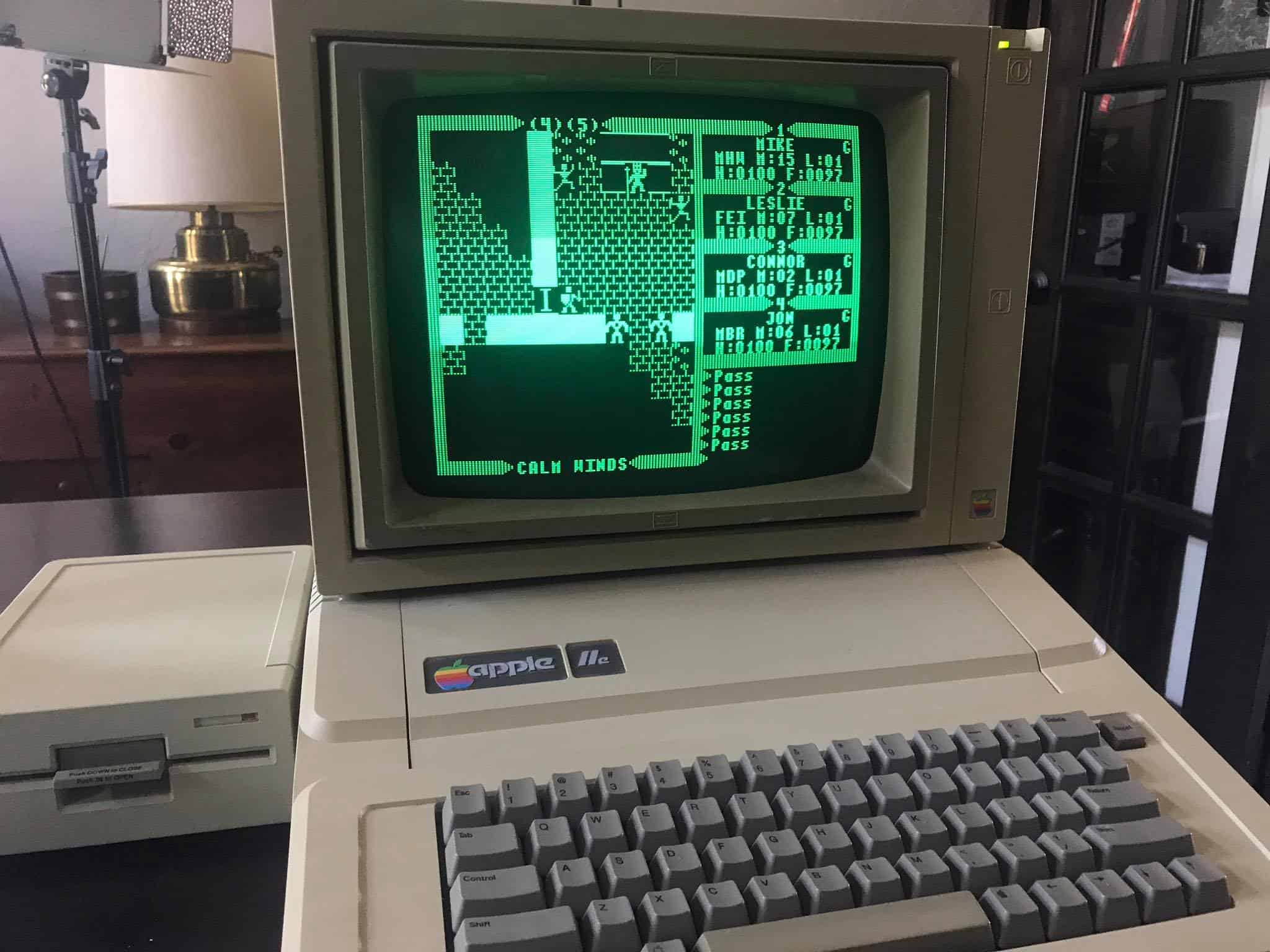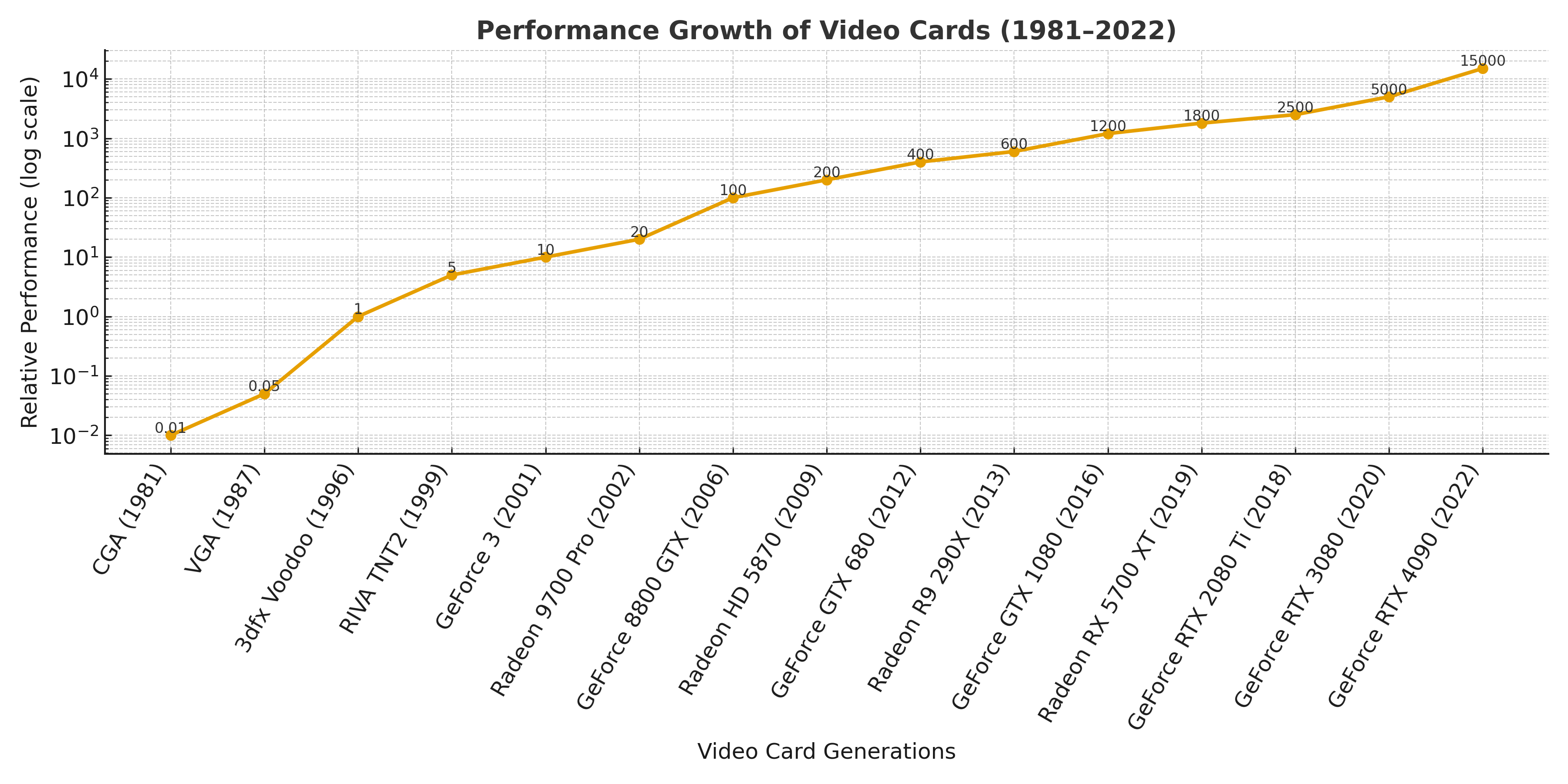From Simple Circuits to Giant Powerhouses The Story of Video Cards

Back in the early days of computing, there were no video cards at all. Early home PCs like the Apple II or IBM PC relied on simple display circuits soldered directly to the motherboard. These setups could only output text or very basic graphics. Memory was measured in kilobytes, often just 16 KB or 64 KB reserved for screen data. It was enough to show characters or blocky pixels, but nothing close to modern visual worlds.


As games and graphical interfaces became more demanding, add-on video cards entered the picture. In the 1980s, standards like CGA, EGA, and eventually VGA introduced higher resolutions and more colors. The memory on these cards was still tiny by today’s standards, often 256 KB or 512 KB, but they represented a revolution. For the first time, PCs could display rich images and not just text.
The real leap began in the 1990s with the arrival of dedicated 3D accelerators. Cards like the 3dfx Voodoo and NVIDIA RIVA introduced textured 3D graphics, lighting effects, and smoother frame rates. Memory now climbed into megabytes, with 4 MB or 8 MB seen as powerful enough to run Quake or Unreal. Performance was measured in millions of polygons per second, and it felt groundbreaking.


By the early 2000s, GPUs had become their own processors with dedicated cores. Cards such as the GeForce 3 or Radeon 9700 offered hardware support for shaders and more complex rendering techniques. Memory ballooned to 128 MB and later 256 MB, and speeds allowed for higher resolutions like 1280x1024 and beyond. The video card was no longer just a helper for the CPU, it was a necessity for gaming and professional 3D work.
Today’s cards dwarf their ancestors. A modern flagship GPU often carries 12 to 24 GB of ultra-fast GDDR6X memory. Clock speeds surpass 2 GHz, and performance is measured not in millions but in trillions of operations per second. Ray tracing cores simulate light in real time, AI accelerators upscale images on the fly, and bandwidth reaches levels that would have been unimaginable in the past.


The size has grown just as much as the power. What once fit neatly on a slim board has become a massive piece of hardware with triple-slot cooling, custom power delivery, and advanced fans or liquid cooling. Some cards are so large they require reinforcement brackets to prevent sagging inside the case.
The story of video cards mirrors the story of gaming itself. From simple text-only displays to cinematic 4K worlds filled with detail, GPUs have been the driving force. Where once PCs could run without a video card at all, now the GPU is often the single most important part of a system. And as demand for realism and speed grows, video cards will only continue to get bigger, faster, and more ambitious.




As games and graphical interfaces became more demanding, add-on video cards entered the picture. In the 1980s, standards like CGA, EGA, and eventually VGA introduced higher resolutions and more colors. The memory on these cards was still tiny by today’s standards, often 256 KB or 512 KB, but they represented a revolution. For the first time, PCs could display rich images and not just text.
The real leap began in the 1990s with the arrival of dedicated 3D accelerators. Cards like the 3dfx Voodoo and NVIDIA RIVA introduced textured 3D graphics, lighting effects, and smoother frame rates. Memory now climbed into megabytes, with 4 MB or 8 MB seen as powerful enough to run Quake or Unreal. Performance was measured in millions of polygons per second, and it felt groundbreaking.


By the early 2000s, GPUs had become their own processors with dedicated cores. Cards such as the GeForce 3 or Radeon 9700 offered hardware support for shaders and more complex rendering techniques. Memory ballooned to 128 MB and later 256 MB, and speeds allowed for higher resolutions like 1280x1024 and beyond. The video card was no longer just a helper for the CPU, it was a necessity for gaming and professional 3D work.
Today’s cards dwarf their ancestors. A modern flagship GPU often carries 12 to 24 GB of ultra-fast GDDR6X memory. Clock speeds surpass 2 GHz, and performance is measured not in millions but in trillions of operations per second. Ray tracing cores simulate light in real time, AI accelerators upscale images on the fly, and bandwidth reaches levels that would have been unimaginable in the past.


The size has grown just as much as the power. What once fit neatly on a slim board has become a massive piece of hardware with triple-slot cooling, custom power delivery, and advanced fans or liquid cooling. Some cards are so large they require reinforcement brackets to prevent sagging inside the case.
The story of video cards mirrors the story of gaming itself. From simple text-only displays to cinematic 4K worlds filled with detail, GPUs have been the driving force. Where once PCs could run without a video card at all, now the GPU is often the single most important part of a system. And as demand for realism and speed grows, video cards will only continue to get bigger, faster, and more ambitious.

